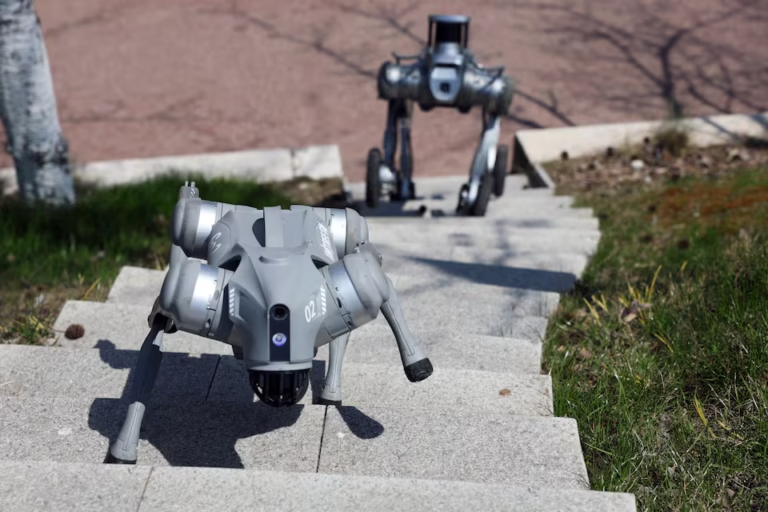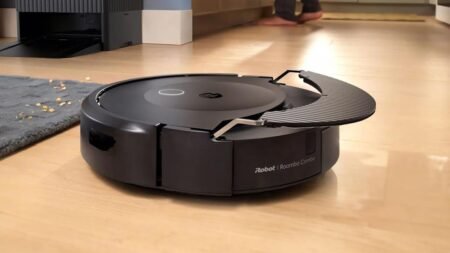China is accelerating its military AI capabilities with DeepSeek, a domestic artificial intelligence model powering advanced autonomous systems. State-owned defense company Norinco unveiled its P60 combat-support vehicle in February, capable of operating at 50 kilometres per hour with minimal human oversight. Officials described the release as a showcase of China’s AI-driven progress in the arms race with the United States.
A review of patents, research papers, and procurement notices shows a systematic effort by Beijing to integrate AI into military applications. While details about deployment and operational status remain state secrets, the documents suggest advancements in autonomous target recognition, real-time battlefield decision support, and rapid operational planning.
China’s People’s Liberation Army (PLA) continues to use Nvidia chips, including models restricted under U.S. export controls. Patents filed as recently as June indicate ongoing use in military-linked research, though it is unclear whether these chips were imported before export bans. Analysts note that China is also increasing its reliance on domestic processors, such as Huawei Ascend chips, to reduce dependence on foreign technology.
DeepSeek is emerging as the preferred AI model for PLA projects. Dozens of procurement notices in 2025 reference DeepSeek, compared with just one mentioning Alibaba’s Qwen model. The AI supports various military functions, from autonomous decision-making to battlefield simulations. Experts say DeepSeek reflects Beijing’s push for “algorithmic sovereignty,” aiming to control critical digital infrastructure while limiting reliance on Western technology.
The PLA is exploring AI-powered robot dogs that can scout in groups and clear explosive hazards, along with drone swarms capable of tracking targets autonomously. In November 2024, the military issued a tender for AI-driven robot dogs. Images from previous drills suggest China has deployed similar systems from AI robotics firms like Unitree, although details on current deployments are scarce.
Research shows that DeepSeek-powered systems can analyze satellite and drone imagery to identify targets quickly. Landship Information Technology reported that its AI systems, powered by Huawei chips, can coordinate operations using radar and aircraft data. Xi’an Technological University found that DeepSeek could evaluate 10,000 battlefield scenarios in 48 seconds—a task that previously required 48 hours. These findings highlight AI’s potential to shorten the decision-making cycle for military planners.
Chinese military entities are also developing autonomous drones. Beihang University, known for aviation research, is using DeepSeek to enhance drone swarm operations against low, slow, small targets. Public statements confirm that Beijing intends to maintain human control over weapons, reflecting concerns about autonomous AI munitions in potential U.S.-China conflicts. The U.S. military is similarly investing in autonomous drones to counter China’s numerical advantage.
Despite a shift toward domestic chips, Nvidia hardware remains influential in PLA research. Recent patents from PLA-linked universities cite Nvidia A100 chips for AI model training, alongside Huawei Ascend processors. Senior Col. Zhu Qichao of the National University of Defense Technology said U.S. restrictions have “impacted research to some degree,” but China remains committed to closing the technological gap.
China’s integration of AI in the military demonstrates a focus on autonomous operations, advanced planning, and self-reliant technology. With DeepSeek at the center, Beijing is aiming to build a new era of warfare capabilities, combining drones, robot dogs, and AI-powered command systems to compete with the United States and enhance battlefield efficiency.







